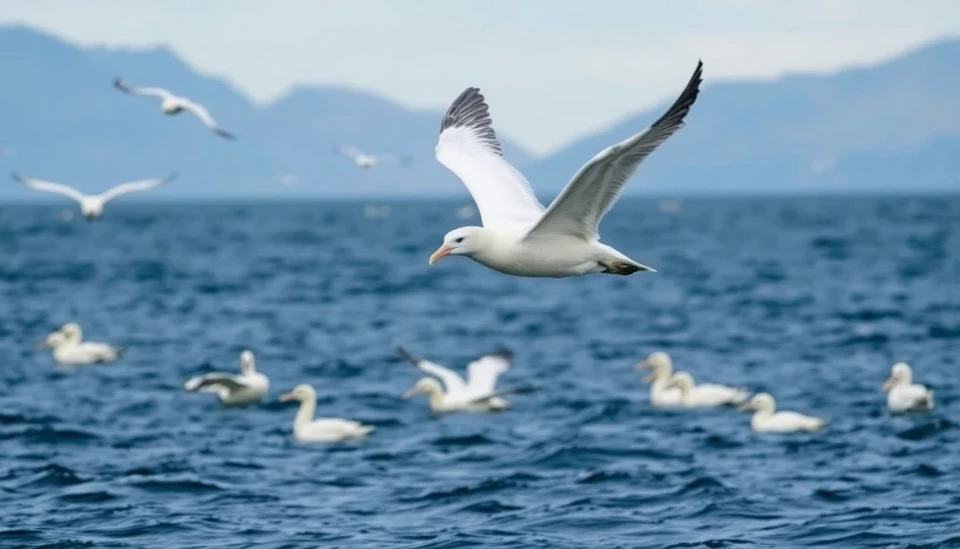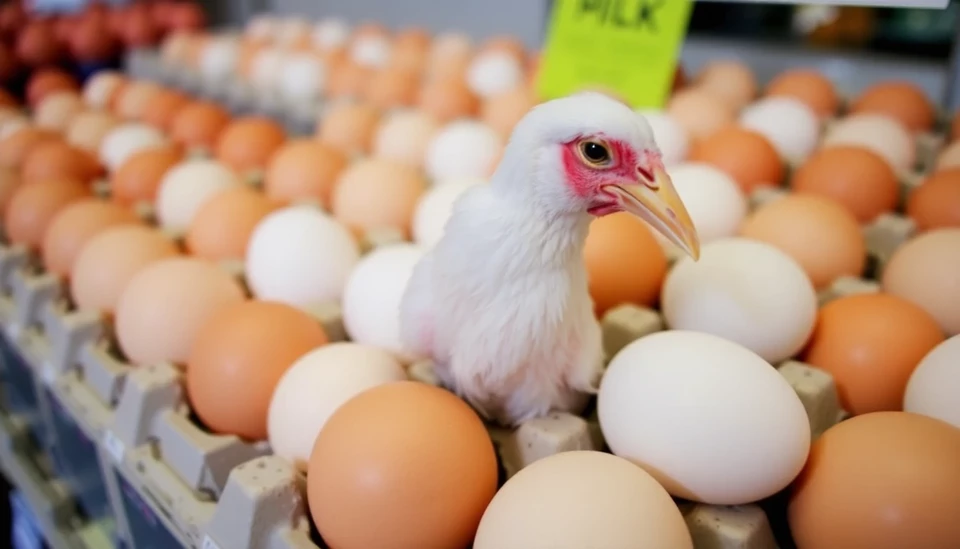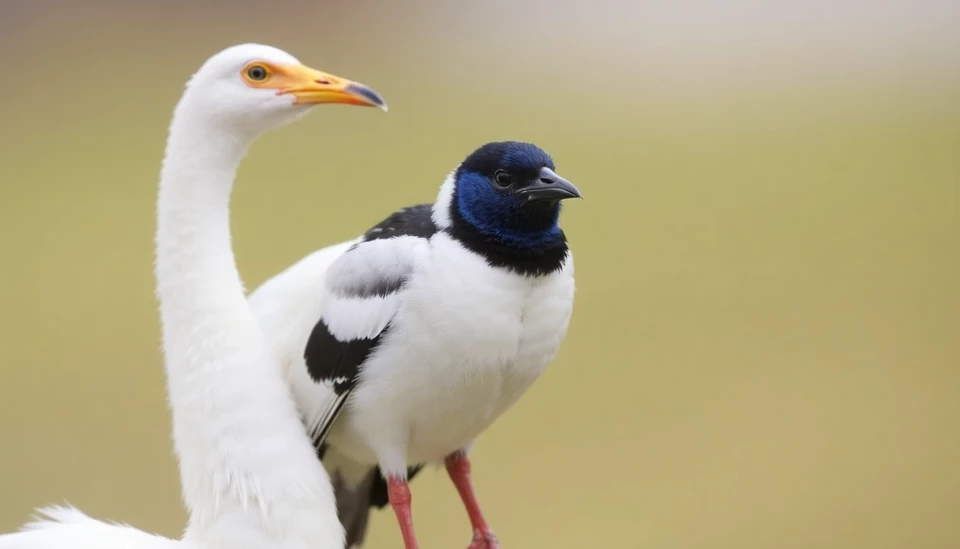
A significant health crisis has emerged for one of the world's largest avian species as outbreaks of bird flu have been confirmed in colonies of wandering albatross. This alarming situation poses a threat not only to these majestic birds but also to the delicate ecosystems they inhabit. Recent surveys indicate that the H5N1 strain of the avian influenza virus has rapidly spread across key breeding grounds in the Southern Ocean, raising concerns among conservationists and wildlife authorities alike.
The wandering albatross, known for its impressive wingspan that can reach up to 12 feet, is a symbol of marine wildlife. However, recent reports suggest that over 50 albatrosses have been found dead on South Georgia, a remote island renowned for its biodiversity. The rapid increase in mortality rates is alarming, as this species is already classified as Vulnerable by the International Union for Conservation of Nature (IUCN).
Experts believe that the current outbreak could significantly impact global populations of wandering albatross, already stressed by climate change and habitat loss. Bird flu typically does not affect mammals, but when it infects birds, especially seabirds, the consequences can be catastrophic. With the breeding season approaching, the timing of this outbreak could result in further declines in the already precarious population numbers of these remarkable birds.
In response to the outbreak, local wildlife authorities and international conservation groups have begun implementing emergency measures to monitor the situation more closely. These include increased surveillance of the affected areas and guidelines for researchers and tourists to minimize human impact during this critical time. Conservationists are also calling for global cooperation to develop rapid response strategies for handling wildlife disease outbreaks.
This incident serves as a stark reminder of the interconnectedness of our ecosystems and the potential ramifications of infectious diseases across species. With the demand for global wildlife protection growing, the situation with the wandering albatross could catalyze discussions on more extensive protections for not only these birds but also for the habitats they rely on.
As the story unfolds, it has become increasingly clear that vigilance and proactive measures are necessary to preserve both the wandering albatross and the biodiversity of marine life. The hope is that these efforts will lead to better outcomes in the fight against avian influenza and ensure the survival of these majestic creatures for future generations.
Follow closely as this story develops, reflecting the urgency of preserving our planet's wildlife and addressing the threats they face from disease and environmental changes.
#BirdFlu #WanderingAlbatross #WildlifeConservation #EnvironmentalProtection #Biodiversity #MarineLife #AvianFlu #H5N1
Author: Peter Collins




